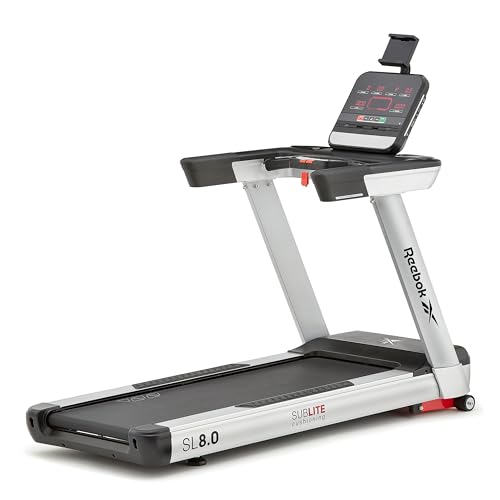8 Tips To Increase Your Treadmill Without Electricity Game
The Allure of Treadmills Without Electricity: A Comprehensive Guide
In a world progressively controlled by state-of-the-art fitness gizmos, the simplicity and usefulness of a treadmill that doesn't need electricity might appear like a throwback. However, treadmills without electricity— frequently referred to as “manual treadmills”— have actually gained substantial appeal among fitness enthusiasts seeking a more uncomplicated, environmentally friendly workout option. This post looks into the myriad benefits, functions, and factors to consider surrounding manual treadmills, along with answering typical concerns from potential purchasers.
What is a Manual Treadmill?
A manual treadmill is a piece of workout equipment that allows users to walk or run without needing electrical power. As opposed to motorized treadmills that move the belt for you, manual treadmills rely on the user's own effort to move the belt forward. Here's a fast comparison between manual and motorized treadmills:
Feature
Manual Treadmill
Motorized Treadmill
Source of power
None
Electricity required
Operative Mechanism
User-powered
Motor-driven
Expense
Usually cheaper
Normally more expensive
Portability
Extremely portable
Typically much heavier, less portable
Maintenance
Low
Needs more maintenance
Workout Intensity
Greater (more effort)
Can be changed
Benefits of Using a Manual Treadmill
Affordable:
- Manual treadmills are normally more affordable than their electrical counterparts. With a lower preliminary financial investment and no ongoing electricity expenses, these treadmills can be an exceptional choice for budget-conscious people.
Eco-Friendly:
- As there are no motors or electrical parts involved, manual treadmills are a sustainable option. They don't consume nonrenewable fuel sources and leave a smaller sized carbon footprint.
Versatile Workout:
- Because they require the user to create their own momentum, manual treadmills can provide more intense exercises, ideal for those seeking to increase their endurance and strength.
Mobility:
- Manual treadmills are typically lighter and simpler to carry. They enable users to easily keep them away or move them from one area to another.
Decreased Risk of Injury:
- By enabling a more natural running motion, manual treadmills can assist decrease the threat of injury compared to motorized alternatives. Users have control over their pace and can stop or slow down instantly.
Key Features to Consider
When considering a manual treadmill, certain functions must be taken into consideration:
- Belt Quality: Look for a non-slip, durable surface area that uses enough grip for safety during workouts.
- Incline Levels: Many manual treadmills included adjustable incline functions. Greater inclines can increase exercise intensity.
- Dimensions: Space can be a limitation, so analyzing the treadmill's footprint is important.
- Weight Capacity: Always inspect the manufacturer's weight suggestions to guarantee security and longevity.
- Display Monitor: Some manual treadmills consist of fundamental screens for tracking elapsed time, distance, and calories burned.
Function
Description
Belt Quality
Non-slip and long lasting products for safety
Incline Levels
Adjustable settings for increased workout trouble
Dimensions
Size and weight for ease of storage and transport
Weight Capacity
Ensure the treadmill accommodates the user's weight easily
Show Monitor
Optional efficiency tracking features
Picking the Right Manual Treadmill
Given the range of manual treadmills available on the marketplace, picking the right one includes evaluating individual physical fitness goals and requirements. Here's a simplified list to direct customers:
- Assess your fitness objectives: Are you aiming for weight reduction, endurance, or general fitness?
- Consider the offered space: Ensure the treadmill will fit well in your designated workout area.
- Check for functions: Look for adjustable incline settings or added technology such as a distance tracker.
- Research study brands and evaluations: Read about the experiences of other users to assess the dependability and durability of the design you're considering.
- Set a budget: Compare different models while keeping your budget in mind.
Often Asked Questions (FAQ)
1. Are Home Treadmills for all physical fitness levels?
Yes, manual treadmills cater to numerous physical fitness levels. Newbies can begin at a slower rate, while more innovative users can increase intensity and speed.
2. How do manual treadmills affect calorie burn as compared to motorized ones?
Manual treadmills may lead to greater calorie burn throughout workouts, as users need to apply more effort to move the belt.
3. Do I need to assemble a manual treadmill?
A lot of manual treadmills come partially assembled, however you'll likely require to finish some assembly depending on the model.
4. Can I perform interval training on a manual treadmill?
Definitely! Manual treadmills are outstanding for interval training since users can easily change their speed and start/stopping movements.
5. How do I keep a manual treadmill?
Upkeep is easy: regular cleaning of the belt and frame, inspecting for wear and tear, and making sure empty storage when not in usage.
Manual treadmills offer numerous advantages, making them an appealing choice for lots of physical fitness lovers. Their energy-efficient style, integrated with the ability to provide effective workouts, has actually cemented their place in home physical fitness routines. With a clear understanding of their features and benefits, individuals can make an informed choice about whether a manual treadmill is the right choice for their health journey.
The straightforward appeal of manual treadmills— paired with their cost-effectiveness and sustainability— ensures they stay relevant in today's fitness market, supplying a compelling alternative to electric models.
